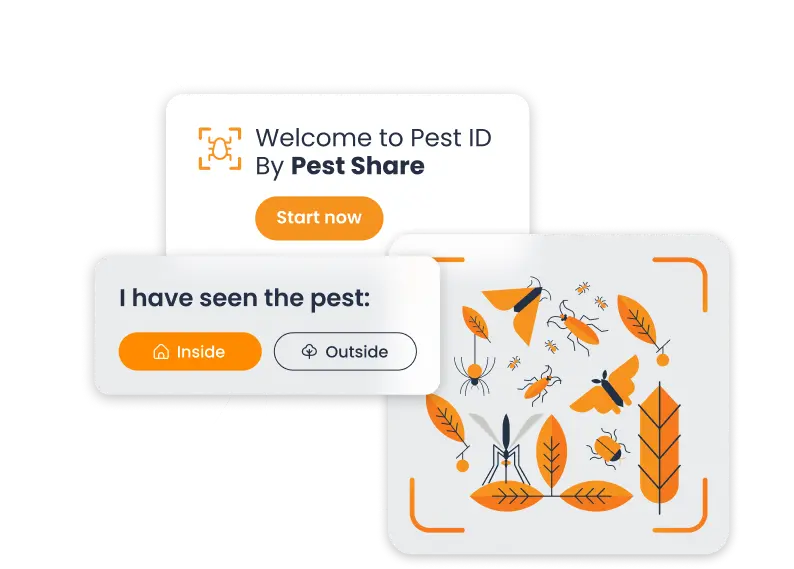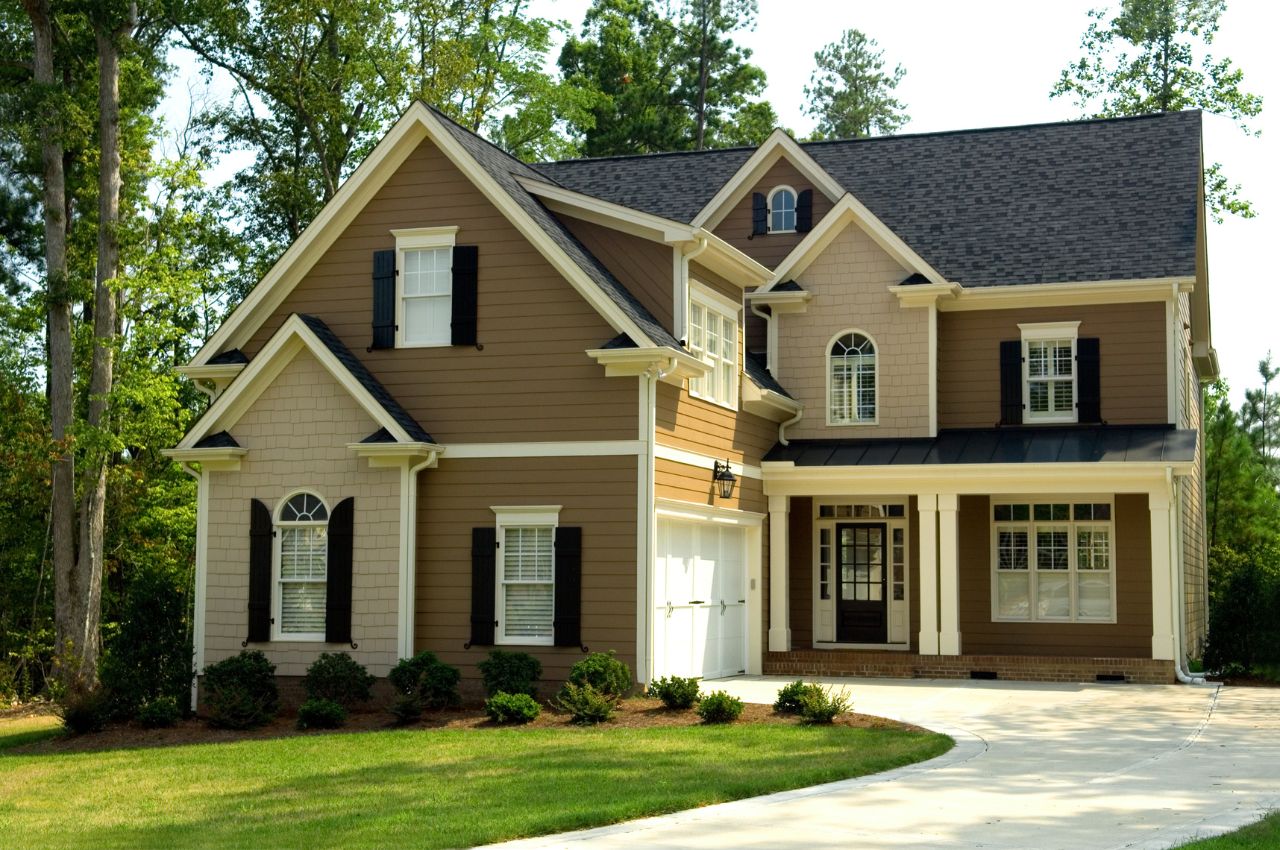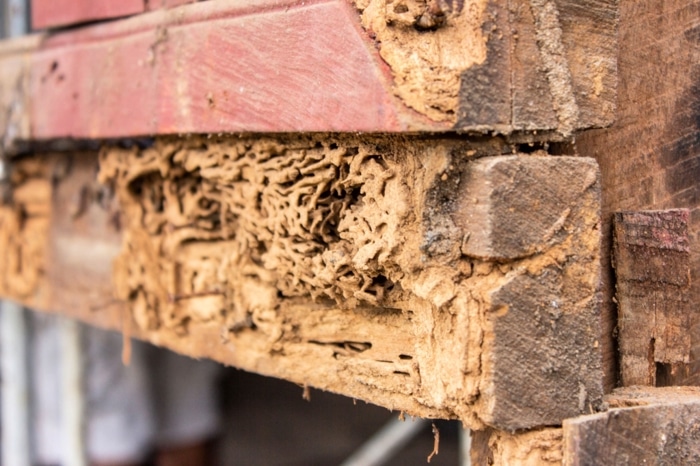Have you ever wondered how something as small as a termite can significantly impact the value of your property? Imagine you’re preparing to sell your house, and during an inspection, a hidden pest infestation comes to light. Not only does this discovery halt the sale, but it also devalues your property substantially. This scenario underscores the critical importance of pest control preventive maintenance, a proactive approach to safeguard your home against unwelcome guests.
Regular pest maintenance is more than a chore; it’s an investment in your property’s health and value. In this guide, we’ll explore the nuances of pest control preventive maintenance, its impact on property value, and how you can effectively implement it to protect your investment.
Don’t let pests take over your home! Act now and schedule a professional pest control service to get rid of unwanted guests.

No More Resident Complaints.
Understanding Pest Control Preventive Maintenance
Pest control preventive maintenance is a strategic, ongoing approach to managing and preventing pest infestations in your property. It’s not just about reacting to pest problems as they arise but taking proactive steps to prevent them from occurring in the first place. This type of maintenance involves regular inspections, identifying potential risk areas, and implementing measures to deter pests.
Effective preventive maintenance goes beyond occasional pest treatments. It requires a comprehensive understanding of the types of pests that could pose a threat, their life cycles, and the environmental factors that could encourage their presence. By addressing these factors, homeowners can create a less hospitable environment for pests, reducing the likelihood of infestations.
The Impact of Neglecting Pest Control Maintenance
Neglecting pest control maintenance can have severe repercussions. Pests like termites, rodents, and carpenter ants can cause structural damage to your property, often hidden until it’s too late. For instance, termites, often called the “silent destroyers,” can quietly eat away at the wooden structures of your home, leading to costly repairs.
The financial impact is just one aspect. Health risks are another significant concern. Pests like rodents and cockroaches can carry diseases and trigger allergic reactions. They can contaminate food sources and living environments, posing health risks to occupants.
A property known to have pest issues can also suffer in market value. Potential buyers are likely to be deterred by the history of infestations, fearing future problems and potential health risks. This perception can lead to reduced property value, making it harder to sell or rent.
Crafting a Pest Control Maintenance Plan
Developing a “pest control maintenance plan” is essential for any property owner. This plan should be tailored to your property’s specific needs, considering factors such as location, type of property, and prevalent local pests.
Assessment:
The first step in crafting your plan is to conduct a thorough assessment of your property. Look for signs of pest activity, potential entry points, and conditions that might attract pests, such as moisture or food sources.
Identification:
Identify the types of pests that are most likely to pose a problem. This knowledge is crucial in determining the preventive measures and treatments that will be most effective.
Prevention:
Focus on preventive measures to make your property less attractive to pests. This could include sealing cracks and crevices, ensuring proper waste management, and maintaining cleanliness.
Regular Inspections:
Schedule regular professional inspections. A pest control expert can spot potential issues early, preventing minor problems from escalating.
Customised Treatment Plan:
Based on the inspection findings, create a customised treatment plan. This plan should address current issues and outline preventive treatments to keep future infestations at bay.
Monitoring and Evaluation:
Regularly monitor the effectiveness of your pest control efforts and adjust your plan as needed. This might involve changing treatment methods or increasing the frequency of inspections.
Key Elements of Preventive Maintenance Pest Control
Preventive maintenance in pest control is not just about regular treatments but involves a holistic approach to keeping your property pest-free. This comprehensive strategy is built on several key elements:
Regular Inspections:
One of the cornerstones of preventive maintenance is consistent, thorough inspections. These are not just cursory glances around your property; they require a detailed examination of all potential hotspots where pests could thrive. Inspections should include checking for cracks and crevices in the foundation, inspecting attic spaces, basements, and even areas like gutters and roof tiles.
Integrated Pest Management (IPM):
IPM is a sustainable approach to managing pests by combining biological, cultural, physical, and chemical tools in a way that minimises economic, health, and environmental risks. This involves understanding the ecology of the pests, and using this knowledge to control them with minimal impact on the environment.
Education and Awareness:
Educating yourself and any other residents about pest behaviour, signs of infestation, and preventive measures plays a vital role. Simple actions, like proper food storage and waste management, can significantly reduce the attractiveness of your property to pests.
Proactive Exclusion Techniques:
This involves sealing off potential entry points for pests. It includes fixing screens on windows, sealing gaps around doors and windows, and covering any openings in exterior walls.
Landscaping and Yard Maintenance:
The condition of your yard can significantly influence pest activity. Regularly trimming trees and shrubs, managing standing water, and maintaining a tidy yard can discourage pests from settling near your property.
Regular Cleaning and Maintenance:
A clean and well-maintained property is less appealing to pests. Regular cleaning, especially in areas like kitchens and bathrooms where moisture and food remnants can attract pests, is crucial.
Check out our post about pest control service agreement.
Preventive Pest Control: Techniques and Practices
Implementing effective preventive pest control techniques can significantly reduce the likelihood of infestations. Here are some of the most effective methods:

Natural and Non-Chemical Methods:
Natural methods such as introducing predators or using pheromone traps can be an eco-friendly way to manage pests. Practices like crop rotation, companion planting, and the use of natural repellents are also effective.
Chemical Control:
When necessary, the judicious use of chemicals can play a role in pest control. However, it’s crucial to use them responsibly to minimise health and environmental risks. This means choosing the right pesticides, following label instructions, and applying them correctly.
Mechanical Controls:
These include physical barriers like screens, netting, and traps. Regularly checking and maintaining these barriers can prevent pests from entering your property.
Sanitation and Hygiene:
Good sanitation is one of the most effective preventive measures. This includes regular garbage disposal, cleaning spillages, and keeping food in sealed containers.
Moisture Control:
Many pests are attracted to moisture. Repairing leaky pipes, ensuring good drainage, and using dehumidifiers in damp areas can help deter pests.
Cultural Controls:
Changing human behaviour and practices can also impact pest management. This includes practices like rotating where you store food, varying cleaning routines, and changing the types of plants in your garden to deter specific pests.
Seasonal Pest Control Maintenance Tips
Different seasons bring different pest challenges; hence, your pest control maintenance plan should be adaptable. Here are some seasonal tips:
Spring:
As temperatures rise, pests become more active. Focus on sealing entry points, cleaning up winter debris in the yard, and inspecting for signs of new activity, especially from insects like ants and termites.
Summer:
This is often the peak season for pests. Increase vigilance in food storage and waste management to deter flies and rodents. Mosquito control is also crucial; ensure there’s no standing water around your property.
Fall:
As the weather cools, pests start looking for warm places to overwinter. Inspect your property for cracks and crevices that can serve as entry points for rodents and spiders. It’s also a good time to prune trees and shrubs away from your home.
Winter:
Pests like rodents seek shelter in warm places. Ensure your home is well-sealed. Pay attention to indoor pest control practices, as outdoor activity decreases.
DIY vs. Professional Pest Control Maintenance
When it comes to pest control, homeowners often face the dilemma of choosing between DIY methods and hiring professionals. Both approaches have their pros and cons:
DIY Pest Control:
Pros:
Cost-effective, immediate action, and personal control over the methods and products used.
Cons:
Less effective for large or persistent infestations, risk of improper use of pesticides, and lack of long-term strategies.
Professional Pest Control:
Pros:
Expert knowledge, more effective for serious infestations, access to professional-grade products, and long-term prevention plans.
Cons:
Higher cost and reliance on external schedules.
The choice often boils down to the severity of the pest problem and your comfort level in handling chemicals and pest control strategies. For regular maintenance and small issues, DIY can be effective. However, for more serious or widespread infestations, professional services are recommended.
Regular Maintenance: The Key to Long-Term Pest Control
The crux of effective pest control is regular, consistent maintenance. Here’s a simple checklist to help keep your property pest-free:
Monthly:
Check for signs of pests, clean high-risk areas like kitchens and bathrooms, and inspect seals on doors and windows.
Quarterly:
Deep clean your property, inspect and clean gutters, and reapply natural repellents.
Biannually:
Schedule professional inspections, especially before summer and winter.
Annually:
Review and update your pest control maintenance plan as needed.
Conclusion
Maintaining a pest-free property is essential for preserving and enhancing its value. By understanding and implementing effective pest control preventive maintenance, you can protect your investment from the detrimental effects of pest infestations. Remember, consistency is key. Whether you opt for DIY methods, professional services, or a combination of both, regular maintenance is the cornerstone of long-term pest control success.
Ready to safeguard your property’s value? Start implementing these pest control strategies today and enjoy the peace of mind that comes with a well-protected home.





